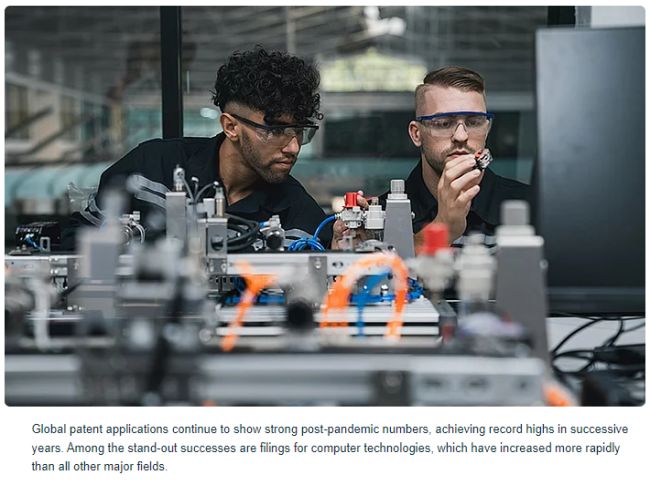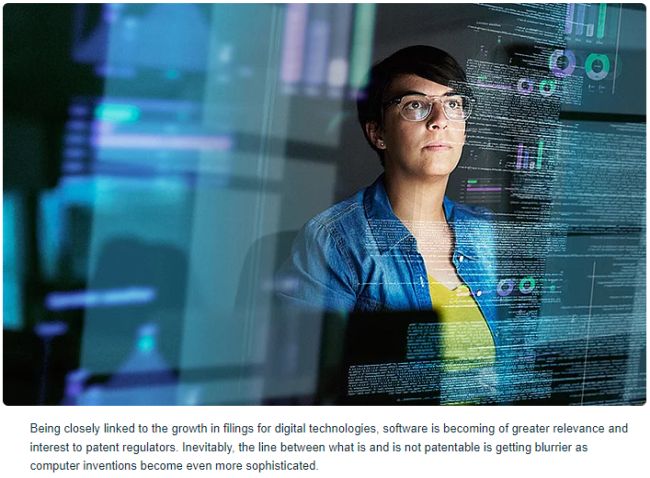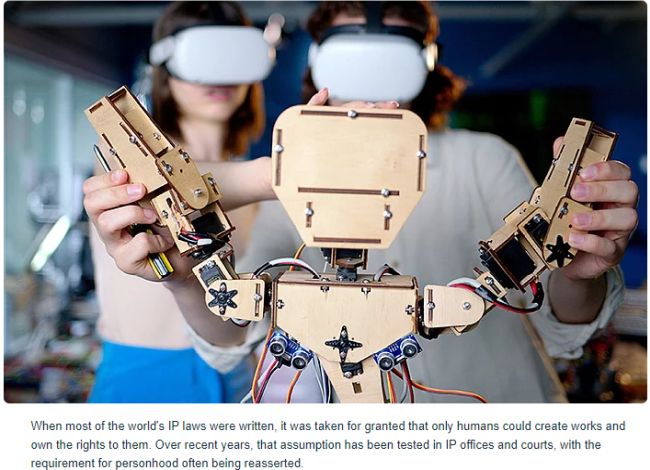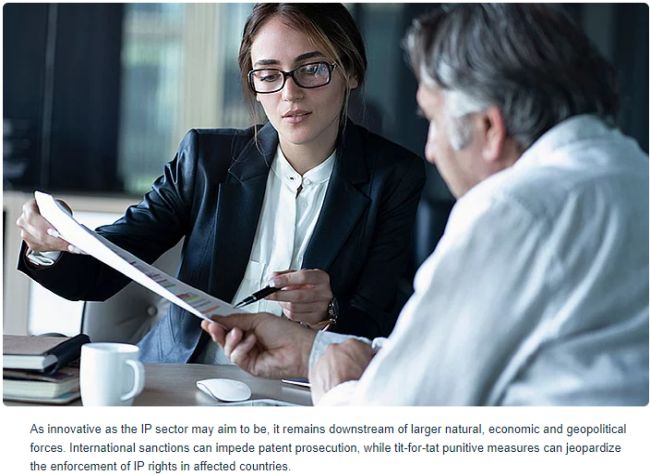In the 140 years since the signing of the Paris Convention for the Protection of Industrial Property in 1883, international tools and instruments have been developed that aim toward common standards in a process that continues to this day, as the recent launch of the Unified Patent Court (UPC) attests. Other examples include the Patent Cooperation Treaty (PCT) and the TRIPS Agreement, together with various regional registration systems, including the European Patent Convention (EPC) and African Regional Intellectual Property Organization (ARIPO).
Through these achievements and many more, the global patent system has supported innovation and driven enormous social and economic advances. And while the rigor of national procedures varies, the patent procedural ecosystem as a whole is clearly still fit for its dual purpose of safeguarding the interests of inventors and disseminating knowledge.
Yet, despite the steady movement toward greater cooperation and harmonization, our current framework faces strong and somewhat unexpected challenges from rising demand, disruptive technologies and geopolitical pressures. Inevitably, it will need to adapt while retaining the core strengths of time-tested processes.
When "demand" becomes "burden"
According to the 2022 edition of World Intellectual Property Indicators from the World Intellectual Property Organization (WIPO), there were 3.4 million patent applications worldwide in 2021, an increase of 3.6% on the previous year and higher than the pre-COVID peak of 3.3 million in 2018.
The growth in patent filings is partly a story of ascendant economies, as inventors and businesses from developing countries perceive the value of these Intellectual Property (IP) rights and increasingly accede to them. Notably, China's 1.56 million patent applications accounted for nearly 50% of global filings in 2021, while the country was responsible for almost 98% of the 2.9 million utility model applications filed that same year. To put such outlier statistics into perspective, the number of patent applications received by the China National Intellectual Property Administration (CNIPA) is similar to the total of the next 12 IP offices combined.

It is not just China that is seeing significant growth. In 2021, India became the sixth-ranked IP office for patent applications, while filings increased by 63.9% in South Africa, 18.3% in Israel and 12.9% in Mexico. This expansion of patent activity is welcome, demonstrating that the relevance of patents is understood and that they are available to inventors in developing and traditional markets. However, this internationalization of patents places new strain on existing systems.
Firstly, the unprecedented volume of applications makes searching prior art and determining novelty much harder. This difficulty is compounded by the increased diversity of languages used in specifications and the need to access records in IP offices in many jurisdictions. Another problem of particular relevance to national offices of smaller countries is that swelling application numbers occasionally cause delays in publishing patent applications, with the potential knock-on effect of wasting R&D efforts.
These hurdles impact patent applicants, IP offices and third parties relying upon accurate published patent information, albeit unequally. As mentioned, researchers can be adversely affected by a general slowdown in the disclosure of technological progress, and all inventors experience rising costs from more voluminous search results. Inflation in services demand and currency differentials compel IP offices to increase official fees to boost their examining capacity and cover mounting overheads. As compelling and unavoidable as causal economics may be, a commercial viability threshold must not be breached, lest deserving innovators get gradually priced out of IP rights acquisition procedures.
Long-term solutions need to be considered and implemented to maintain a fair and functional order. Somewhat ironically, some of the answers may lie in the very inventions that patent offices are examining – and perhaps refusing – as we shall see.
Pushing the limits of patentability
Technology's increasing complexity means that inventions often involve incremental improvements over the state of the art, making it difficult to assess whether they exhibit an inventive step or even amount to patentable subject matter.
On this second point, many breakthroughs are occurring in technology fields that lie on the very edge of patentability yet still attract substantial investments: software and genetics.

Computer software is critical to innovation in almost every industry, from power generation to healthcare and media / entertainment, not forgetting sports and many other sectors. The role of programming is likely to increase further with the use of artificial intelligence (AI) systems based on machine- and deep-learning techniques. Yet most national patent laws restrict the patenting of software to some extent. Article 52 of the EPC excludes computer programs as such from being considered "inventions." This exclusion has led to many cases before national courts and the European Patent Office (EPO) Boards of Appeal. While it has long been possible to obtain patents for computer-implemented inventions in Europe and elsewhere, a rather exacting burden of proof is imposed upon applicants to demonstrate the technical character and effect of the software invention.
Similarly, patent applicants often face objections to patentability when it comes to genetic innovations. In its 2013 ruling on the Myriad Genetics case concerning the BRCA1 and BRCA2 genes, the United States Supreme Court held that "a naturally occurring DNA segment is a product of nature and not patent eligible merely because it has been isolated, but that [complementary DNA] is patent eligible because it is not naturally occurring." The wisdom of the decision notwithstanding, in ruling that isolated human genes cannot be patented, the Court may have inadvertently encouraged biotech companies to keep research secret rather than disclose its applications.
This highlights the choice companies in these two major sectors increasingly face: whether to file patent applications or to rely upon other forms of IP protection, particularly trade secrets. While this latter option may be attractive in some instances, it also presents significant commercial risks because it may not ensure protection in the case of independent creation of a substantially identical, competing technology.

Computer-implemented inventions have come a long way since Article 52 EPC entered into force, and eligibility criteria will surely not remain static in the face of previously unimagined technical solutions. Accordingly, patent regulations should eventually evolve, as a byproduct of a growing body of case law concerning eligibility, to accommodate technologies that have embedded themselves into modern life and work. In a similar manner to copyright law having to accommodate developments like generative AI, legislators may have to reappraise the metes and bounds of patentability.
Artifice of the artificial: AI dilemmas
In the meantime, the use of AI in the inventing process, either alongside human specialists or in their stead, has the potential to disrupt the patent system to some extent. The relevance and promise of AI is superlative, particularly in research that is highly labor-intensive or involves complex calculations.
This raises the question: Can an AI be named as the inventor of a patent? This conundrum has been addressed directly by the DABUS patent applications – and the answer from many jurisdictions has been a resounding "No." As the EPO Boards of Appeal stated: "Under the EPC the designated inventor has to be a person with legal capacity. This is not merely an assumption on which the EPC was drafted. It is the ordinary meaning of the term inventor." In the United States, the Court of Appeals for the Federal Circuit handed down a similar denial in August 2022, declaring, "Here, there is no ambiguity: the Patent Act requires that inventors must be natural persons; that is, human beings."
Australia initially bucked this trend. In 2021, Justice Jonathan Beach of the Federal Court of Australia determined that the word "inventor," as applied in the country's patent legislation, refers simply to an agent that performs an action in the same way a dishwasher could be a human or a machine. But this decision was eventually overturned in April 2022 on appeal from the Commissioner of Patents.
A consensus appears to have taken hold, but as the DABUS case was recently heard by the United Kingdom's Supreme Court, wherein a judgment is expected soon, might the UK's highest judiciary upend it?*

Inventorship is only one of the questions raised by AI. Others include: Will AI tools turbocharge research, resulting in ever greater numbers of patent applications? Will the test for obviousness / inventive step have to be changed? Does the legal construct of the "person skilled in the art" have to be a human or a team thereof only?
The answers are unlikely to be as straightforward or consistent across jurisdictions as we would like, wherefore we must be prepared to wrestle with the practical implications of AI while making the most of the opportunities it presents for enhancing productivity.
An uncertain world
All these patent-specific issues arise against the backdrop of a changing and uncertain world. The COVID-19 pandemic and lockdowns were highly disruptive to global trade, and many economies are still suffering its lingering effects. Interest rates have also increased substantially around the world, placing additional pressure on R&D and IP budgets.
The patent system is an excellent example of the strength of international relationships, manifesting in enhanced cooperation between the IP5 offices and such pragmatic initiatives as the growing use of the WIPO's Digital Access Service (DAS) codes among PCT contracting states. Even so, such relations can easily be damaged by political instability or conflict. In a major shakeup to the longstanding order of patent procedural things, a number of IP offices stopped cooperating with Russia's Rospatent following the invasion of Ukraine in February 2022.
Ultimately, the cohesion or precariousness of the international patent protection framework still depends heavily on geopolitical and economic forces beyond the influence of IP professionals.

Responding to the challenges
There are numerous actions which stakeholders in the global patent system can take toward its stability. Such measures can be proposed in six key areas:
- Technology: Automation and AI can streamline patent processes, including classification, searching and translation. These tools should be embraced by IP offices, service providers and legal professionals without losing focus on the necessity of human decision-making.
- Deeper research: Conducting freedom-to-operate searches and forming patent filing strategies will only become harder in the future. Patent attorneys will need to be still more rigorous and detail-oriented when searching prior art and providing analyses.
- Systems: IP offices and applicants can take further advantage of digitalized procedures to accelerate casework collaboration. This could involve solutions combining patent office-specific application programming interfaces (APIs) and other commonplace means of communicating and collaborating, such as online correspondence, file sharing and videoconferencing.
- Finances: IP budgets need to reconcile savings opportunities with a growing requirement for IP services, prompting a greater reliance upon cost-friendly alternative dispute resolution (ADR) over traditional litigation.
- Quality control: Patents should only be granted for inventions that meet statutory criteria, as invalid patents clutter registers. Both applicants and offices need to reinforce vetting standards and systems.
- Business assets: New methods to promote technology transfer and ensure proper compensation should be explored. A recent example of a new collaboration model is the WIPO GREEN online platform.
Stability and change
The global patent system is based on solid principles and provides a steady foundation for future economic growth and sustainable development. This makes its endurance all the more important.
As IP practitioners, our resolve should extend to ensure that this edifice of legal ingenuity remains standing to support inventors and promote societal progress over the coming decades. With proper shepherding by IP attorneys, both as individual actors and collegially as a profession, fast-advancing technologies can usher in a new age of innovation within the global patent system itself to enhance its resiliency still further.
*Editor's note: Following the first publication of a version of this article in The Patent Lawyer Magazine Annual 2024, the UK Supreme Court delivered its judgment on December 20, 2023, excluding DABUS from inventorship for lack of (natural) personhood.
The content of this article is intended to provide a general guide to the subject matter. Specialist advice should be sought about your specific circumstances.

